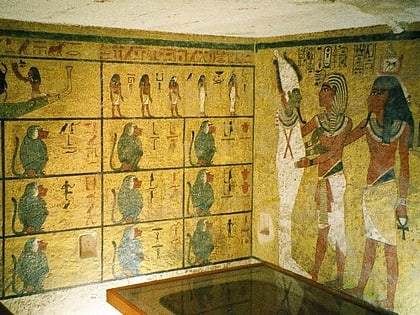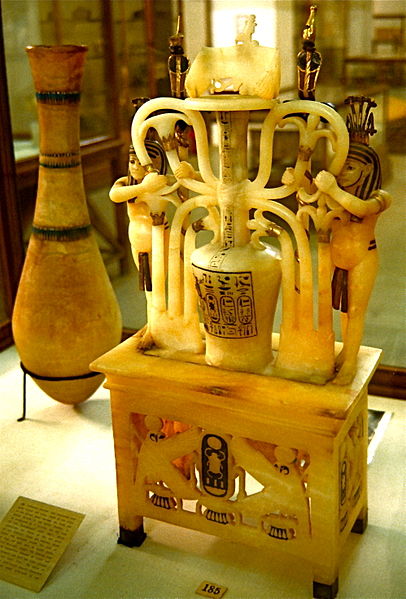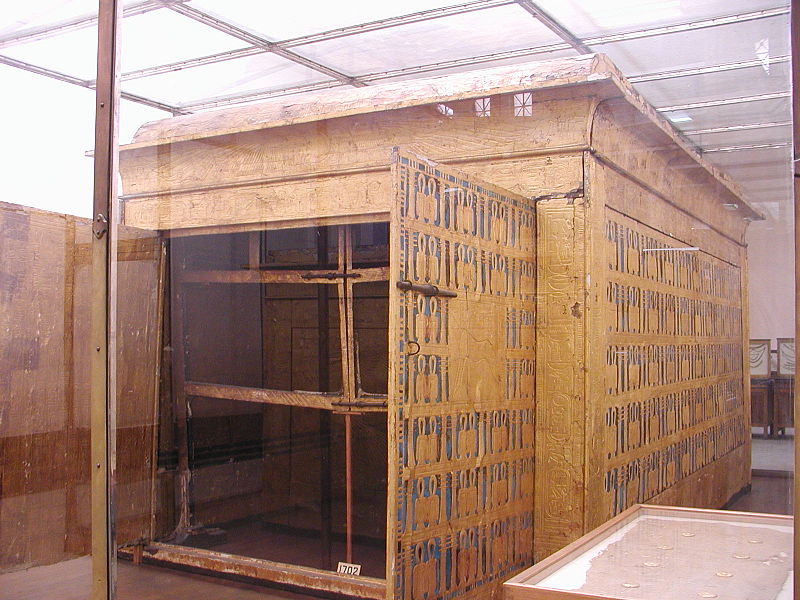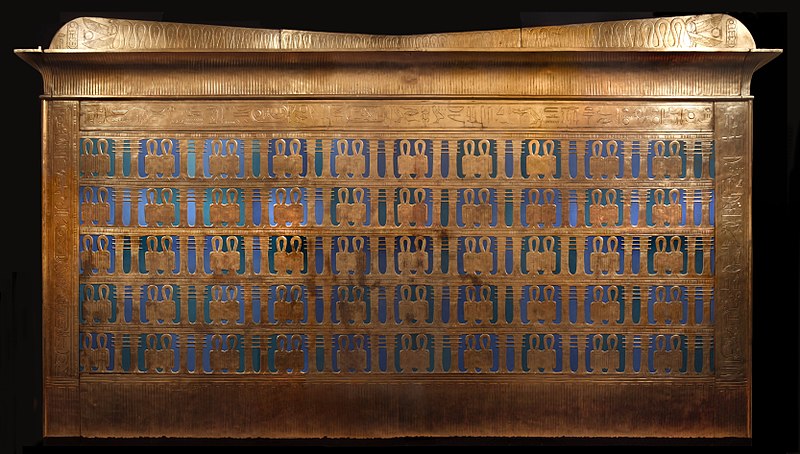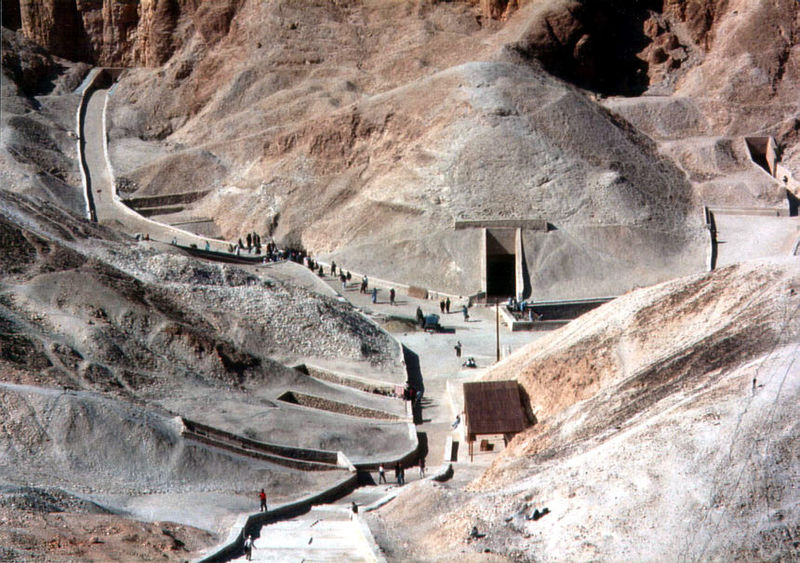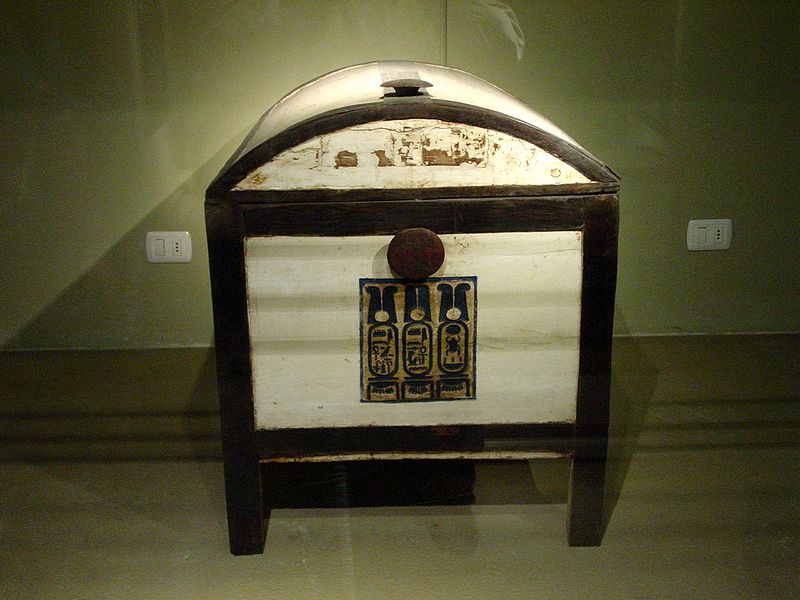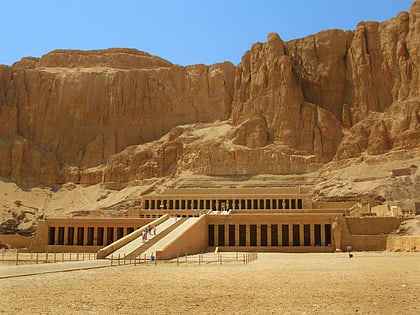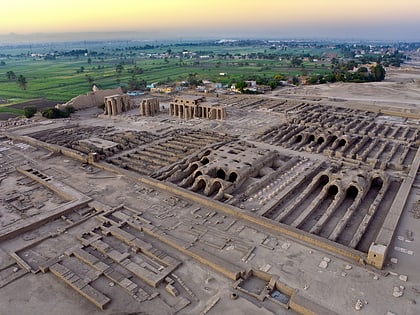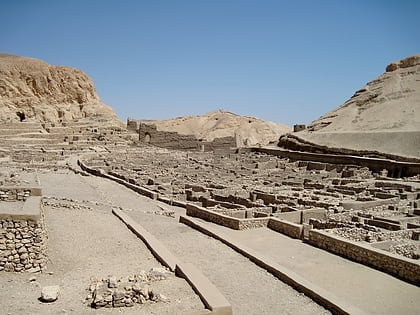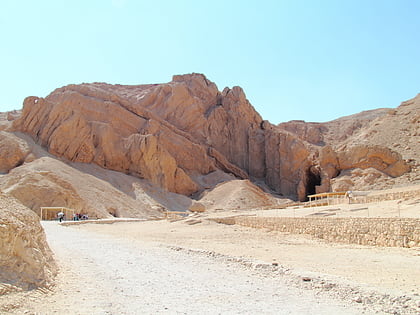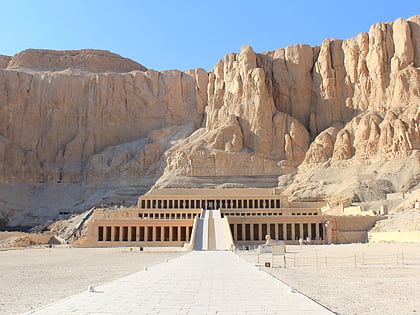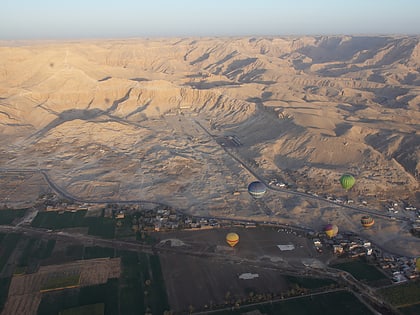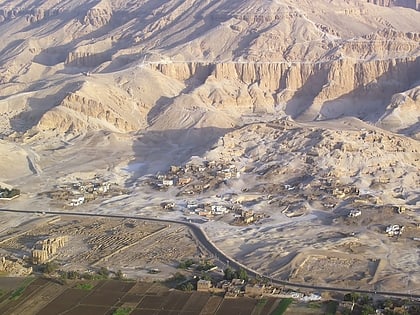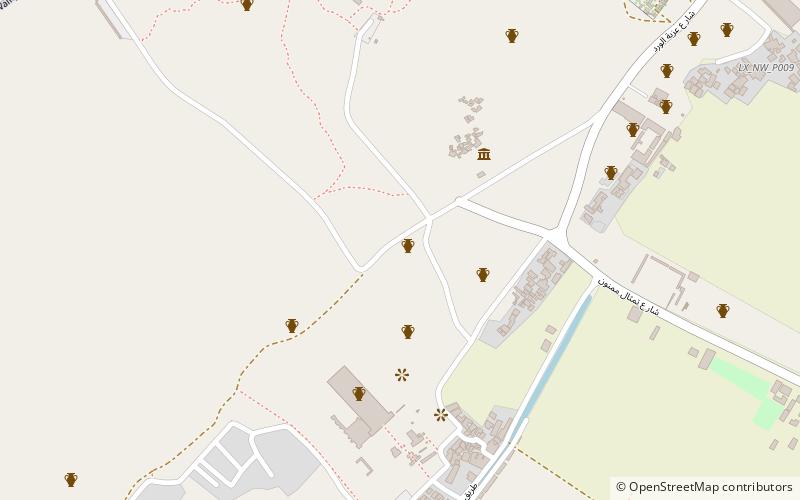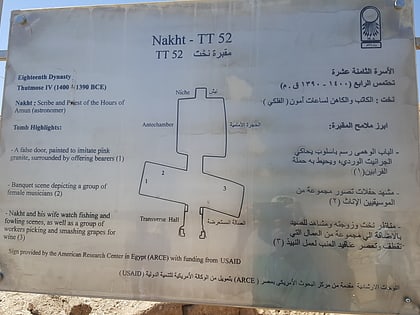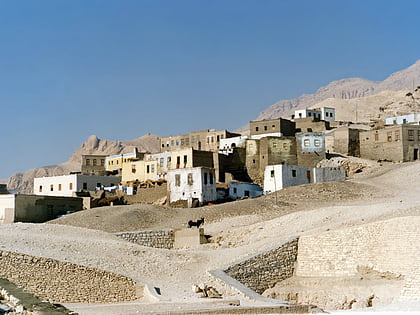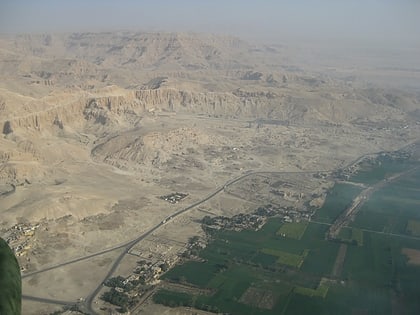Tomb of Tutankhamun, Luxor
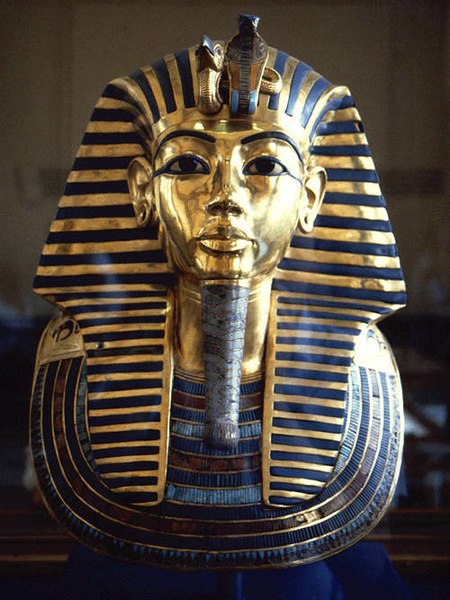
Facts and practical information
The Tomb of Tutankhamun, situated in the Valley of the Kings in the ancient city of Luxor, Egypt, is one of the most renowned archaeological sites in the world. This ancient burial place of the young Pharaoh Tutankhamun, who ruled Egypt more than 3,000 years ago, was discovered in 1922 by British archaeologist Howard Carter. The tomb, designated as KV62, has captivated the world ever since due to the wealth of treasures and the relatively intact state it was found in, providing an unparalleled glimpse into ancient Egyptian burial practices and craftsmanship.
Tutankhamun's tomb is renowned for the richness of its contents, including the iconic gold mask that once covered the mummy of the boy king, as well as other artifacts made of gold, precious stones, and exquisite materials. These treasures have been instrumental in understanding the opulence and artistry of the New Kingdom period of ancient Egyptian history.
The tomb itself is relatively small compared to others in the Valley of the Kings, consisting of an antechamber, burial chamber, treasury, and annex. Despite its size, the impact of its discovery has been immense, sparking a renewed public interest in ancient Egypt known as "Tut-mania" and contributing significantly to the field of Egyptology.
Visitors to the Tomb of Tutankhamun can explore the site where the young king was laid to rest and marvel at the detailed wall paintings that depict scenes from Tutankhamun's life and the afterlife. While many of the original treasures have been moved to the Egyptian Museum in Cairo for preservation, replicas and some original elements remain for tourists to appreciate.
The tomb is open to the public, although access is regulated to preserve the delicate artwork and environment inside. Due to the high demand and the importance of conservation, tickets to visit the tomb are limited and often sell out quickly. Those planning to visit are advised to book in advance.
Tomb of Tutankhamun – popular in the area (distance from the attraction)
Nearby attractions include: Mortuary Temple of Hatshepsut, Ramesseum, Deir el-Medina, Valley of the Queens.
